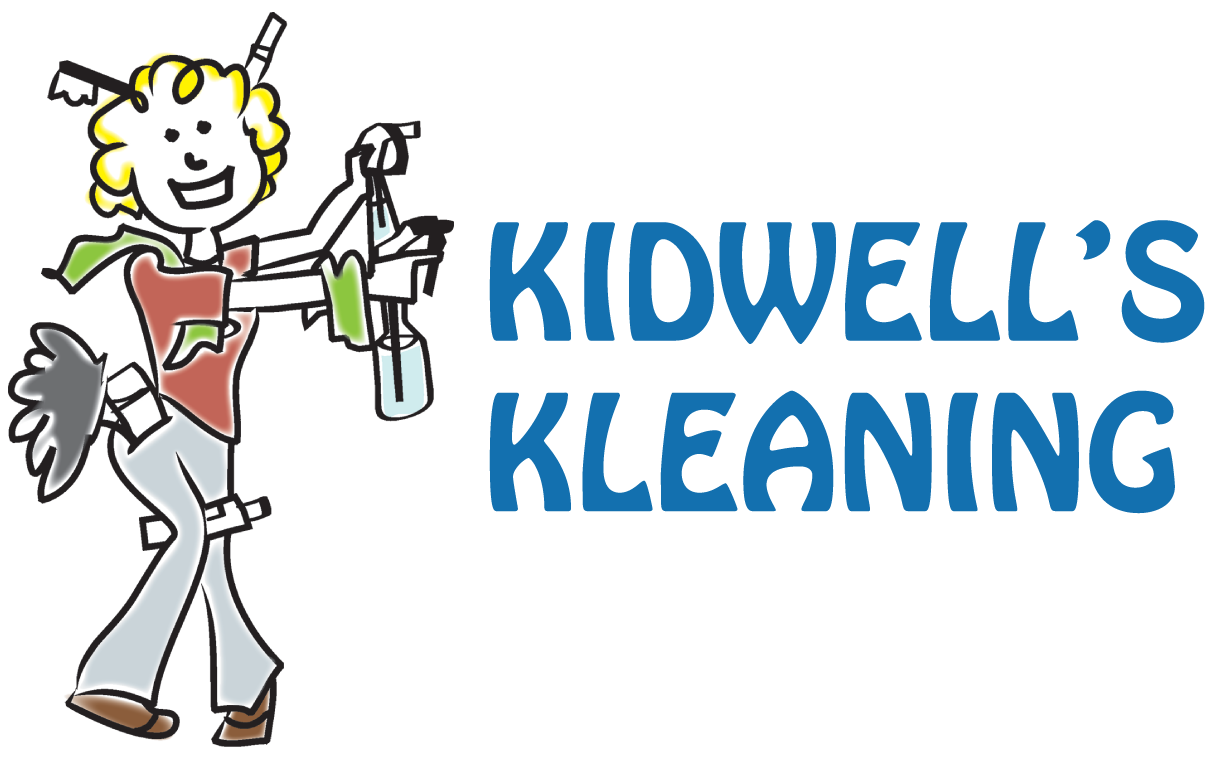6 Common Bathroom Cleaning Mistakes
This is a blog article from one of my suppliers, and it is so good, I thought I would share it with you. It is from Micro Fiber Wholesale, this is a paraphrased version, and the original is written by Melissa Homer. Here is the original article.
Are You Committing These Major Errors When Cleaning Your Bathroom?
Are You Committing These Major Errors When Cleaning Your Bathroom?Let’s be honest: admitting you're wrong can be tough, especially about something you believe you should already know. We all like to think we're reasonably intelligent, and it can be embarrassing to acknowledge that we've made a mistake in what seems like common knowledge.
This vanity can prevent you from seeking help when you need it and discovering that many others share your confusion!
Example #1: Bathroom Cleaning, most people use a bathroom multiple times a day, so it seems logical that everyone would know how to clean one effectively. However, that's not the case! Many high schools discontinued Home Economics classes long ago, and even when they were offered, cleaning was rarely covered in depth. Consequently, people have received minimal formal education on cleaning techniques, particularly regarding cleaning chemistry.Most individuals learn about cleaning from their parents, who also likely lack formal training in the subject. This has resulted in widespread misconceptions and mistakes.These six common errors lead to significant damage and injuries across the country each year. Let’s clarify these issues once and for all!
1. Using Bleach on Rust Stains
This mistake is prevalent! Many believe that bleach is the ultimate solution for every dark stain in the bathroom. However, bleach does not change the color of metals or minerals. Rust stains are oxidized iron deposits that form when iron dissolves in water and then rusts due to exposure to moisture and oxygen. Using bleach only exacerbates the problem by intensifying rust stains, making them harder to remove.
To effectively eliminate rust, use an acid-based cleaner, which will dissolve the iron deposits. Products like Bar Keepers Friend and Iron Out are formulated with acids that can break down these deposits. Always follow the instructions on the label, typically advising you to let the product sit for at least 10 minutes before scrubbing.
2. Not Allowing Disinfectant Enough Time to Work
Bathrooms harbor numerous germs from mold, bacteria, and other sources, so proper disinfection is essential. Unfortunately, many people do not allow disinfectants to sit long enough—most require at least 10 minutes to kill germs effectively.
Disinfectants work by chemically breaking down germs' exterior structures. If you don’t wait long enough for this reaction to occur, the disinfectant may be ineffective. Additionally, if surfaces are dirty, disinfectants may not reach hidden germs.To use disinfectants correctly, first clean the area with soap and a microfiber cloth until all visible dirt is removed. Then apply the disinfectant and keep it damp for a full 10 minutes for optimal effectiveness.
3. Using Bleach to Kill Mold in Grout
While bleach can kill mold on non-porous surfaces, it often fails to eliminate mold embedded deeper in porous materials like grout. Bleach quickly dissipates into saltwater upon contact with surfaces, meaning it only affects the top layer of mold while leaving the rest unaffected.
The best approach is to use sealants that block moisture and air from reaching mold spores. Products like 511 Impregnator Sealer fill microscopic holes in grout and tile, preventing mold growth and making cleaning easier.
4. Using Harsh Acids on Sensitive Surfaces
Many people mistakenly use harsh acids to remove hard water stains without realizing they can damage expensive fixtures and surfaces. Acids dissolve minerals but can also corrode chrome fixtures, sensitive stones like marble or granite, and other delicate surfaces.
To protect these surfaces, apply sealants such as 511 Impregnator Sealer or ProtectaClear before stains occur. If you already have stains on sensitive surfaces, opt for specialized products designed for gentle cleaning without acids.
5. Neglecting Ventilation When Using Strong Chemicals
Many cleaners contain harsh chemicals that require proper ventilation during use. Failing to ventilate can lead to harmful fume buildup that may cause respiratory issues or other health problems.
Always read safety instructions carefully and ensure adequate ventilation by opening windows or using exhaust fans when using strong cleaners.
6. Mixing Cleaning Products That Produce Toxic Fumes
It’s crucial not to mix different cleaning products unless specifically stated as safe by the manufacturer. Combining common cleaners can create dangerous reactions that produce toxic gases.
For instance, mixing bleach with ammonia creates mustard gas—a highly toxic substance. To avoid hazards, always check product labels for ingredients before mixing any cleaners.Remember: safety first! Always consult product instructions before applying sealants or using strong chemicals in your bathroom cleaning routine.




